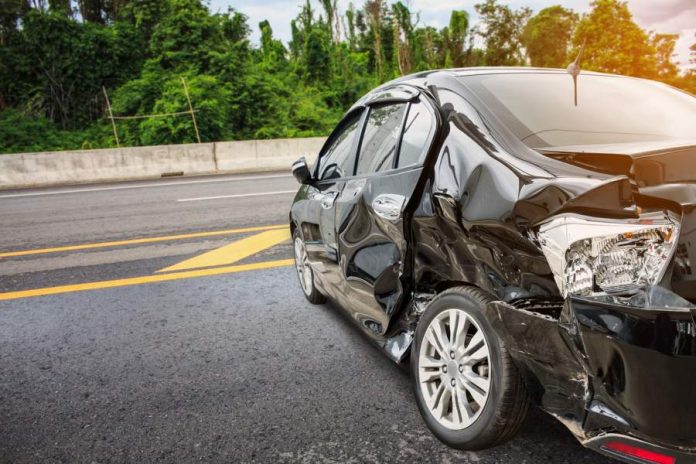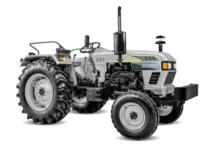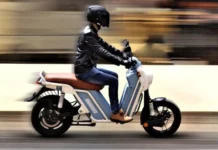Whether you’re a speed racer or the picture of defensive 10-and-2 driving, your vehicle is bound to experience wear and tear. Over time, hourly commutes and rides around the block begin to deteriorate your vehicle’s interior and exterior.
Though, drivers need not throw in the microfiber towel quite yet. You can still minimize auto body damage with a few techniques and practices. Read on for nine tips to reduce or prevent damage to your vehicle.
Opt for enclosed auto transportation
If you have to transport your car, always opt for enclosed transportation. Guardian Auto Transport, a car transportation company based out of Texas, states that enclosed carrier shipping is perfect for drivers who are shipping luxury cars, those who purchase brand-new vehicles from an out-of-state dealership, and those who are classic cars investors.
Whether you’re an avid classic car collector or a busy parent loading children into the minivan, enclosed car shipping can keep your vehicle looking good as new.
Keep your distance
While driving in some cities is more dangerous than in others, driving defensively is always a wise choice regardless of your location. Never follow the vehicle ahead of you too closely – as you need plenty of time to brake if necessary. As an additional safety precaution, always be aware of the drivers, pedestrians, and obstacles in your vicinity. Otherwise, a fender-bender or t-bone collision will stand front and center in your forecast, leaving you to pay a hefty price for your reckless driving-induced repairs.
Park and walk
When you pull into a parking lot, don’t search for the spot closest to the door. Park away from the building and walk. Keeping your vehicle parked away from the highest traffic areas will reduce the chances of a fender-bender or ding.
Use a garage
If possible, park your vehicle indoors when returning home. The less time your car is exposed to sunlight, weather, wildlife, and bird droppings, the better your chances of avoiding damage. At the same time, if you use a multi-level parking garage, remember that it comes with its own dangers. Be hyper-aware of other drivers who might not be so mindful.
Avoid trees
If you can help it, never park under a tree. Potential hazards tend to drop from trees – leaves, nuts, sap – and each of those items poses a threat of damage to your car’s body. If you have no choice but to park under a tree, use a car cover and fender cover.
Rinse first
Before you wash your car, rinse it thoroughly, which will remove any dirt that might have a sandpaper effect on your car’s finish. Make sure to rinse off as much excess dirt as possible before you start scrubbing.
Clean thoroughly
Wash your car regularly. While the convenience of an automated car wash is appealing, opt for a do-it-yourself approach, as these locations are notorious for damaging a car’s finish. Additionally, make certain to clean out the wheel wells and other hard-to-reach spaces. Any dirt left on your car can harbor moisture that will cause long-term damage.
Dry properly
Your job isn’t done once the car is clean. Next, you need to dry it thoroughly. Use a soft, clean cloth – rough or dirty material can create scratches. Whatever you do, don’t allow your car to air dry. Unbeknownst to most drivers, air-drying leaves water spots, which can damage your paint job over time.
Wax on
The first line of protection for your car’s paint job is a proper wax. A clear coat of wax helps prevent rust, scratches, and minor damage.
Final thoughts
The road is full of hazards to your car’s well-being and appearance. By following the tips above, you can reduce the risks and keep your car looking brand new.



































































